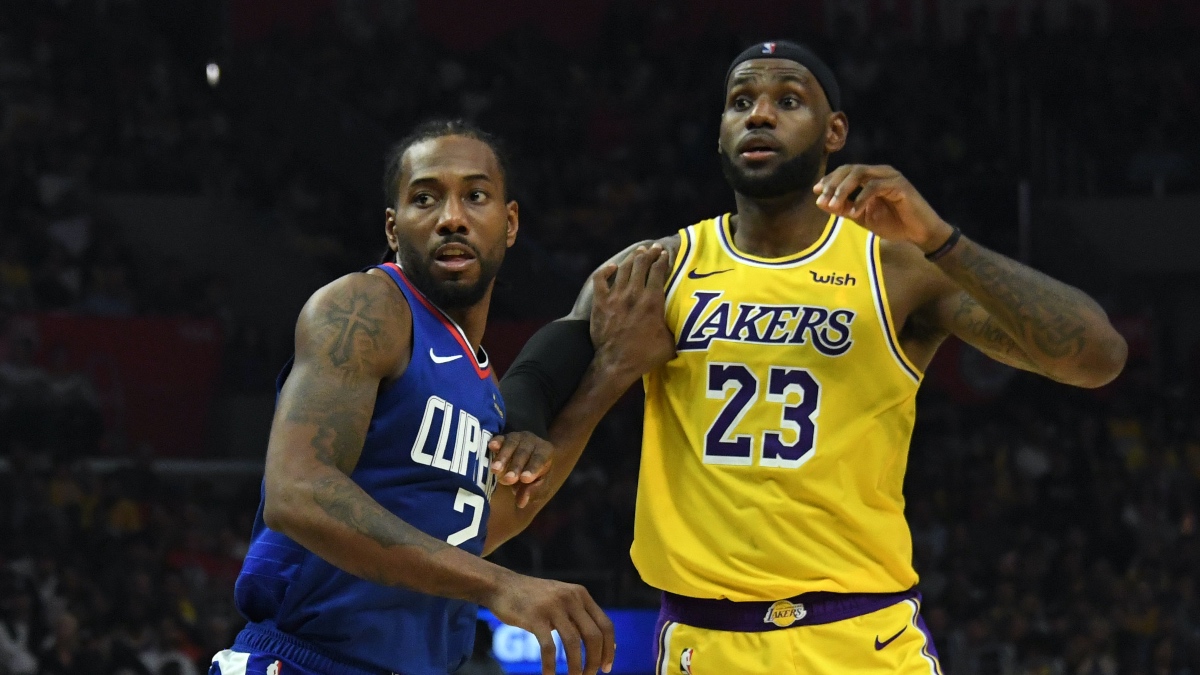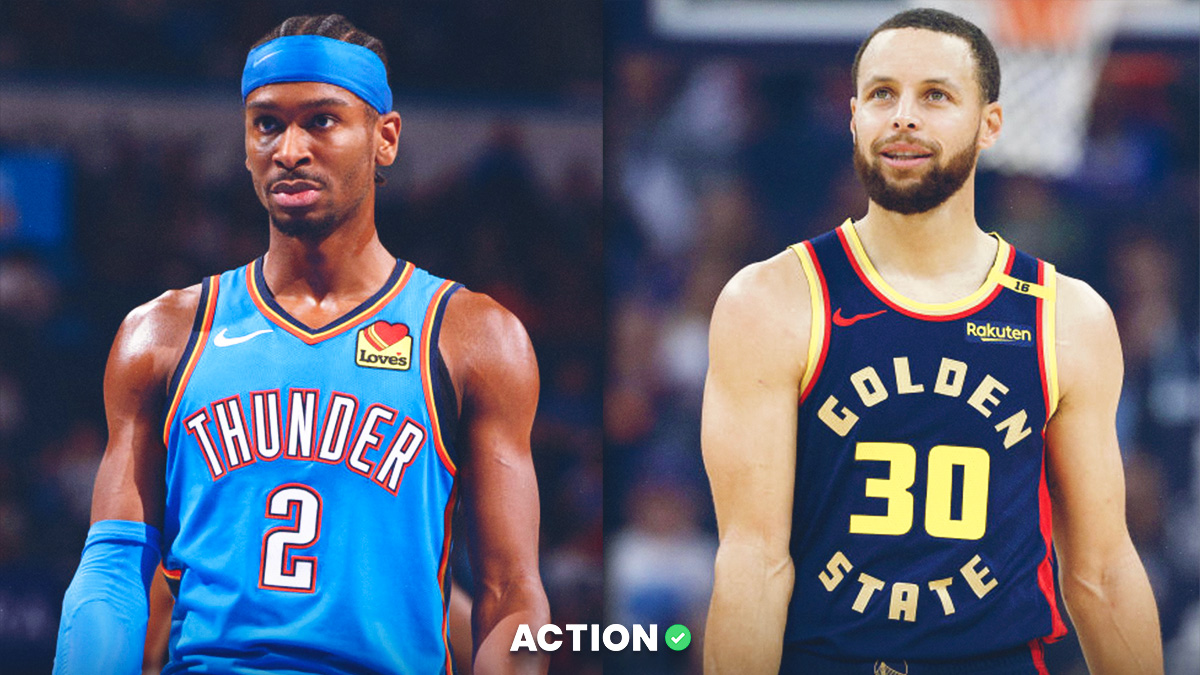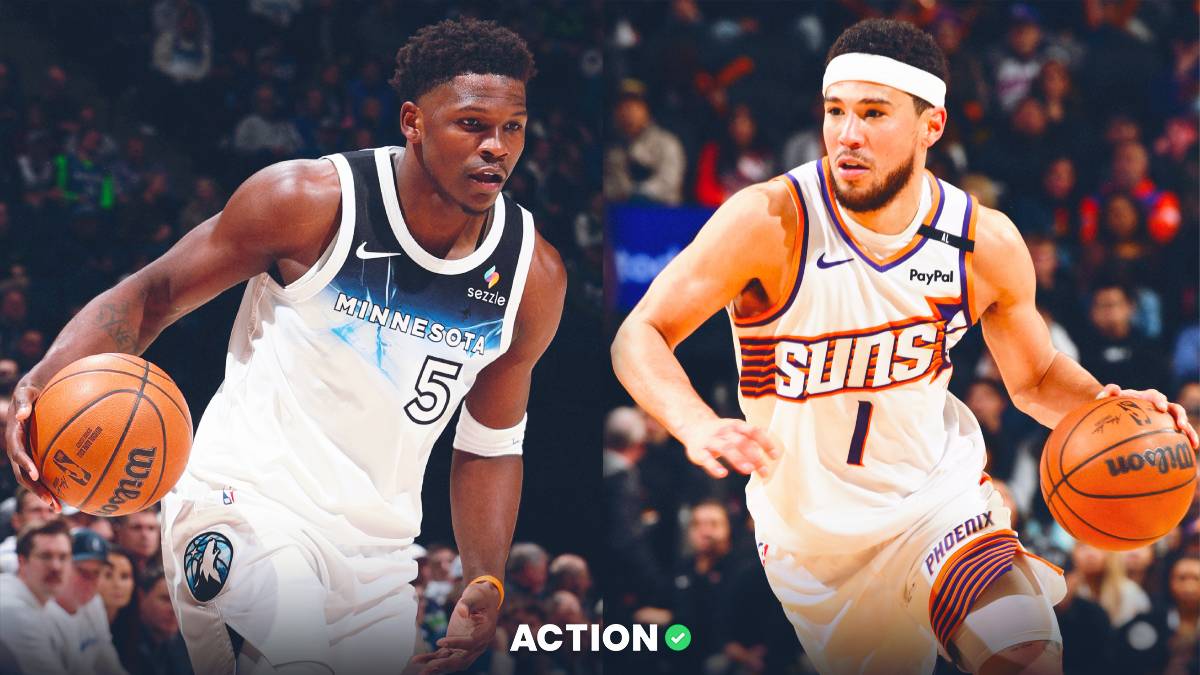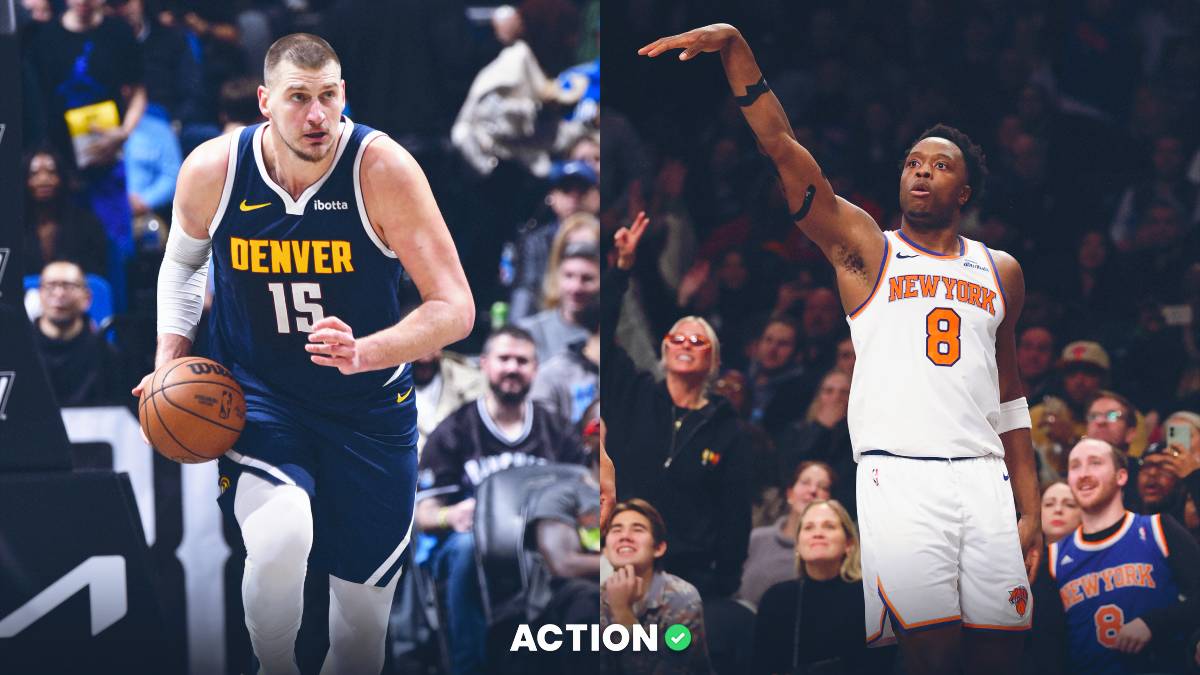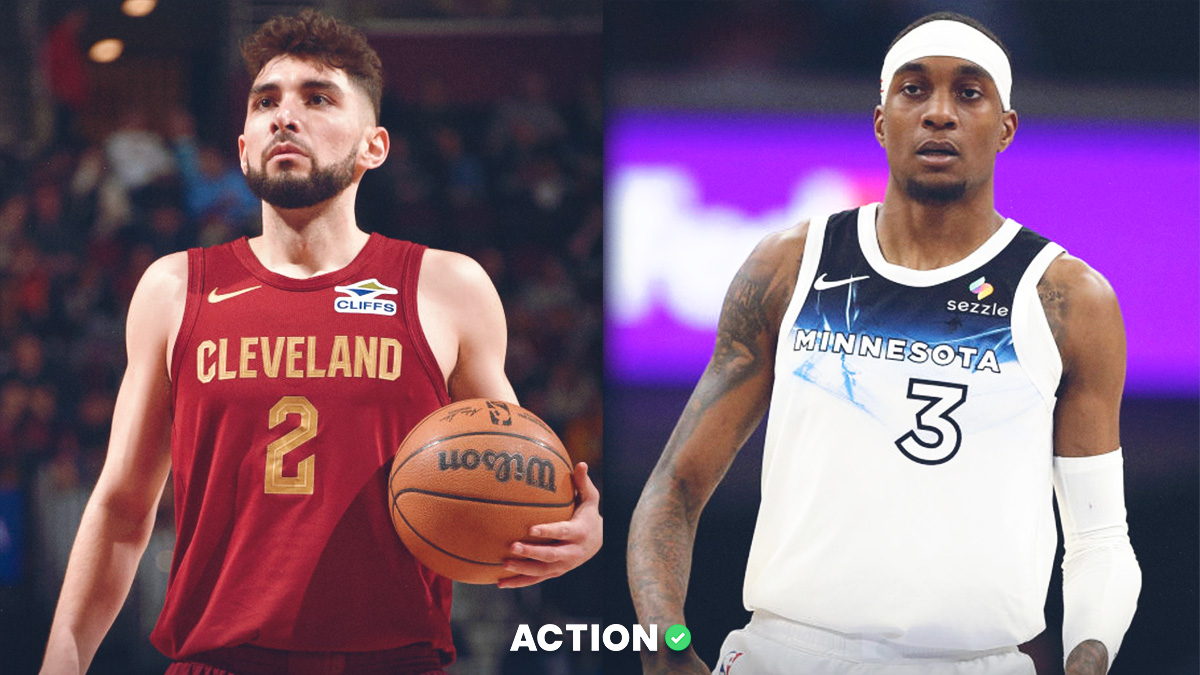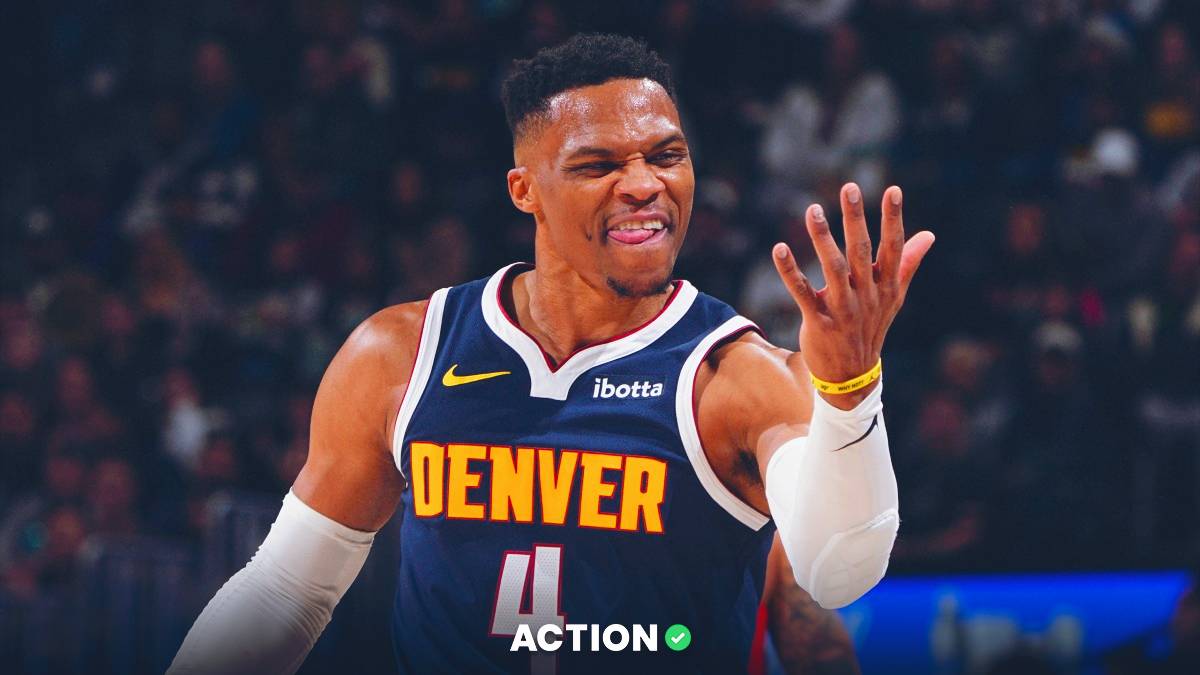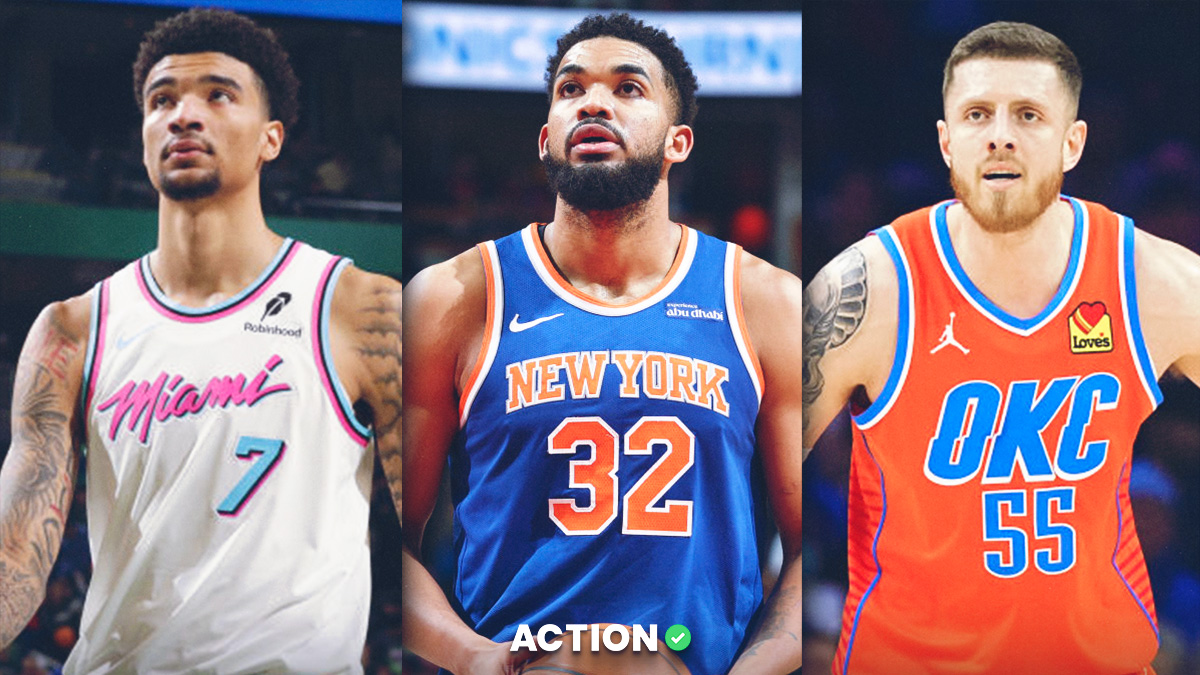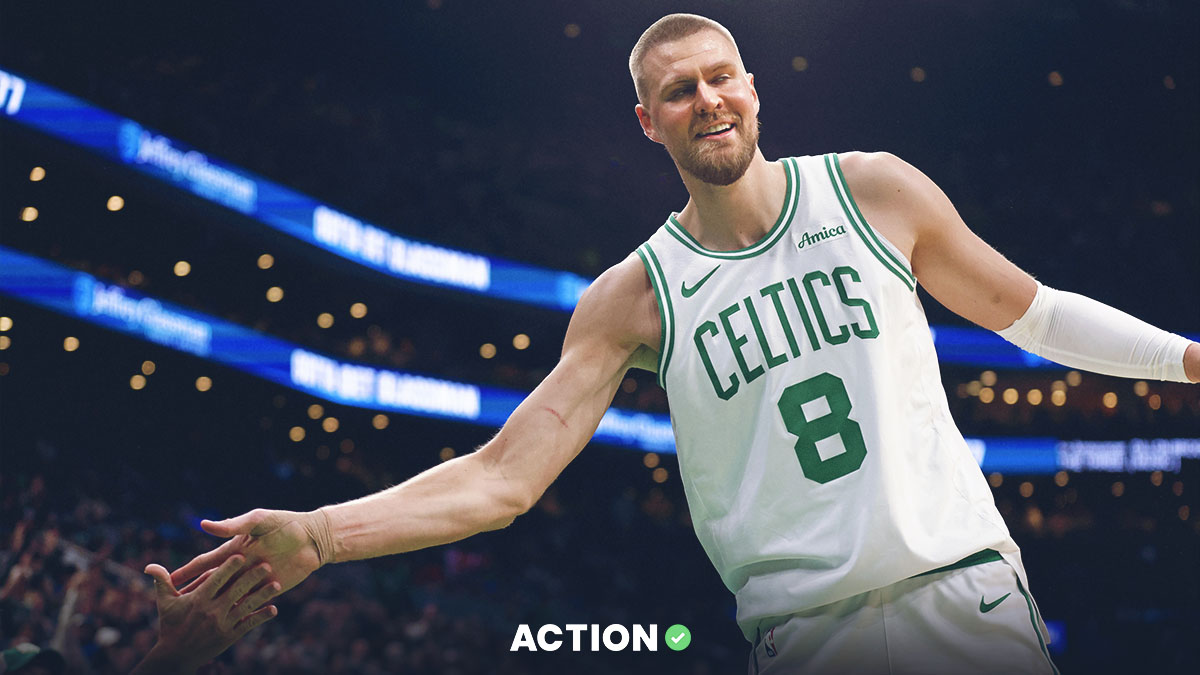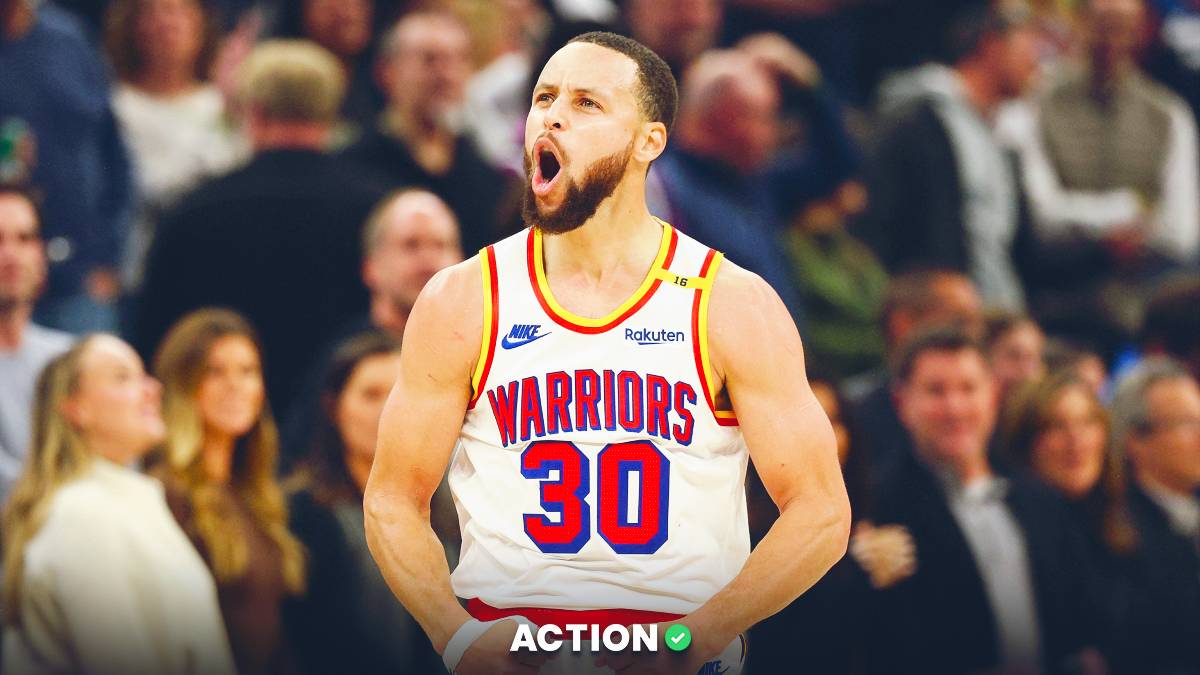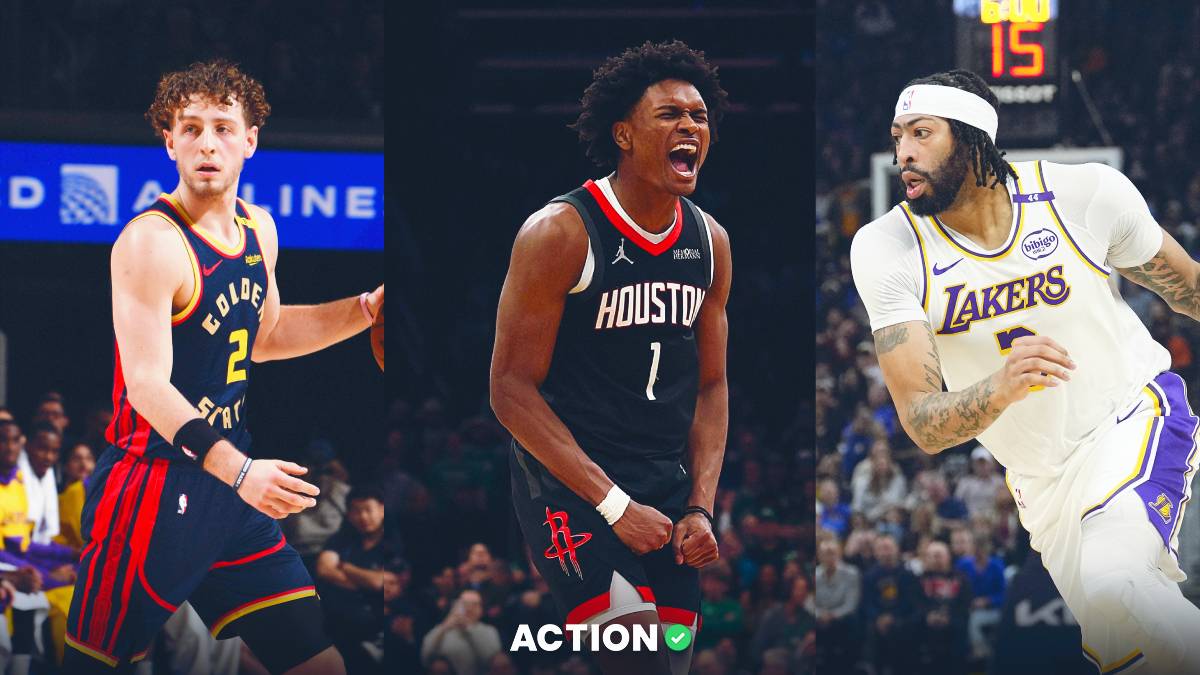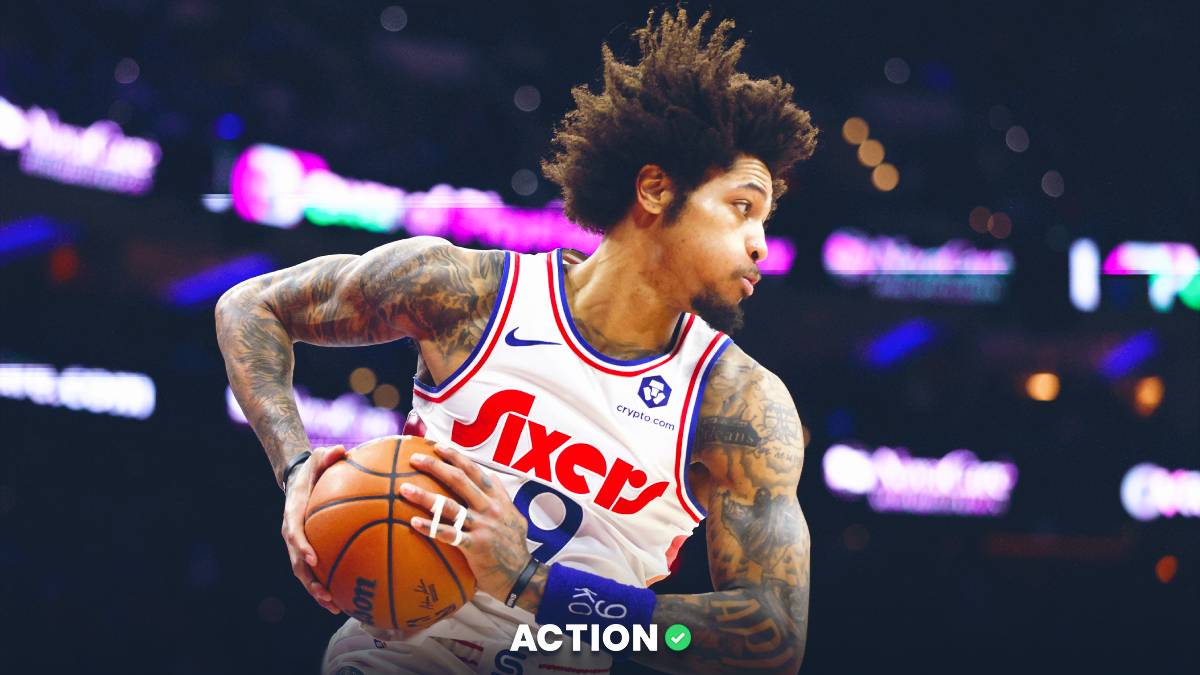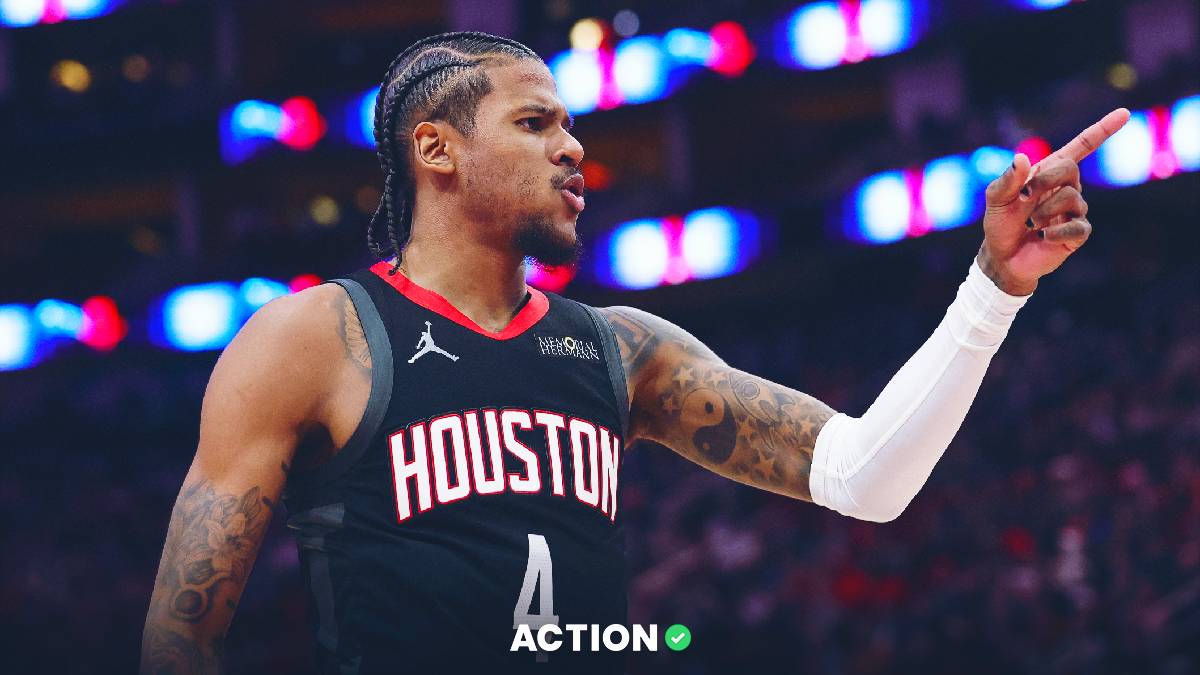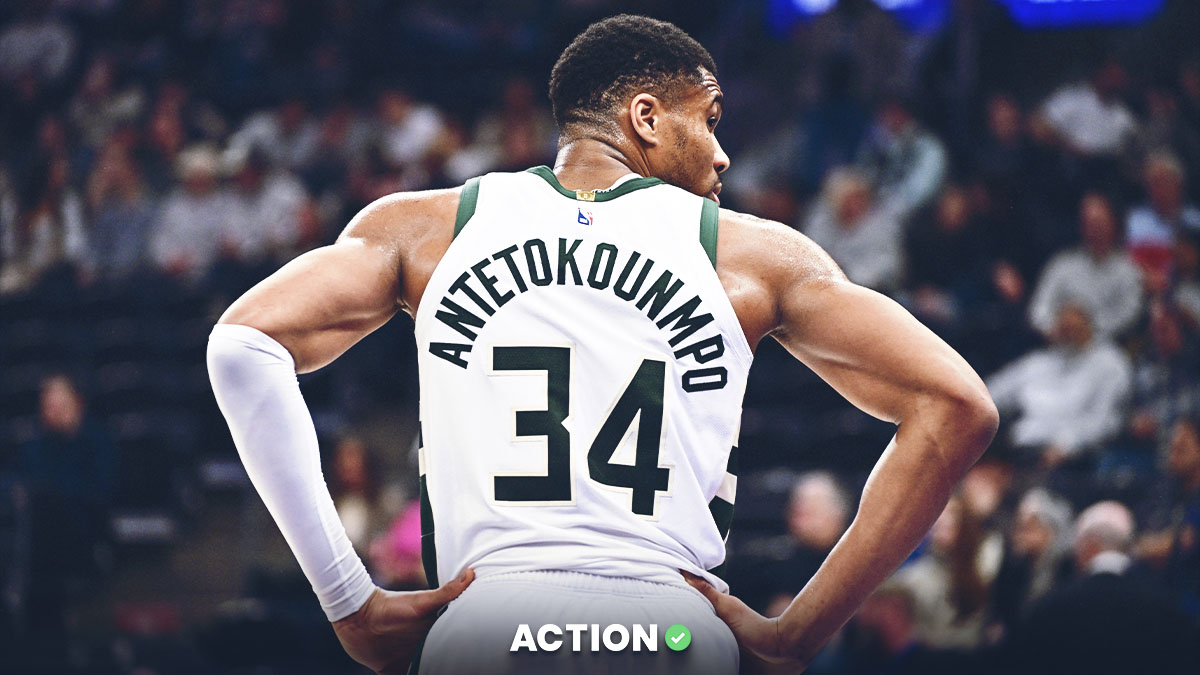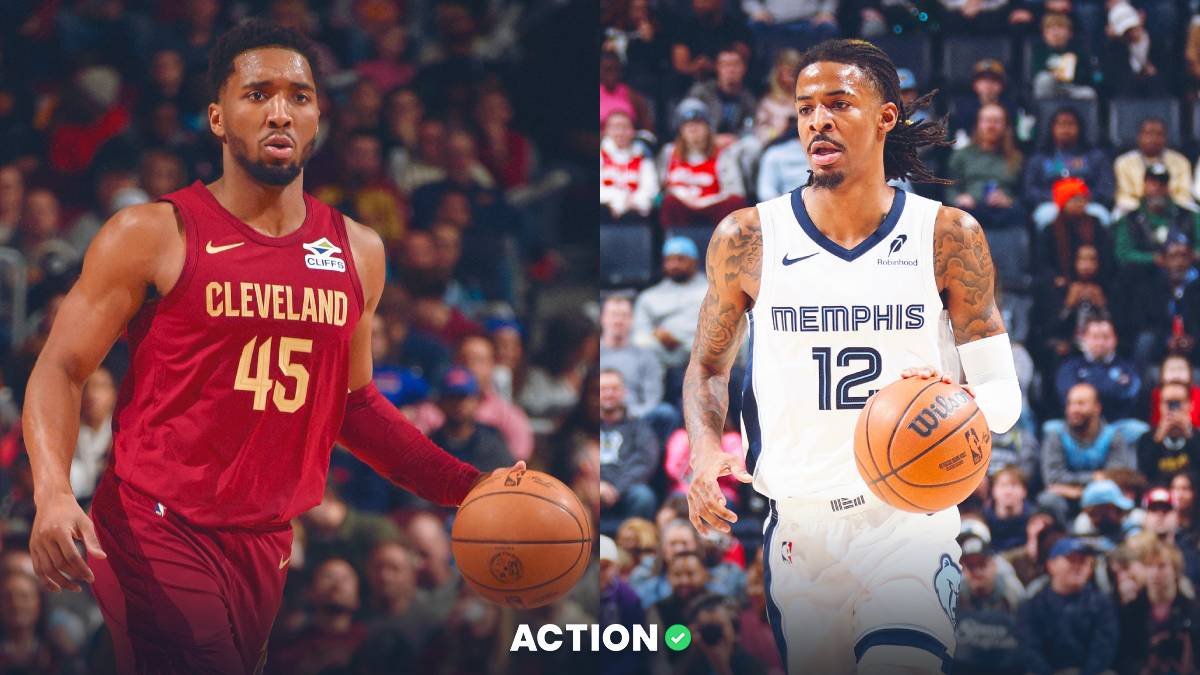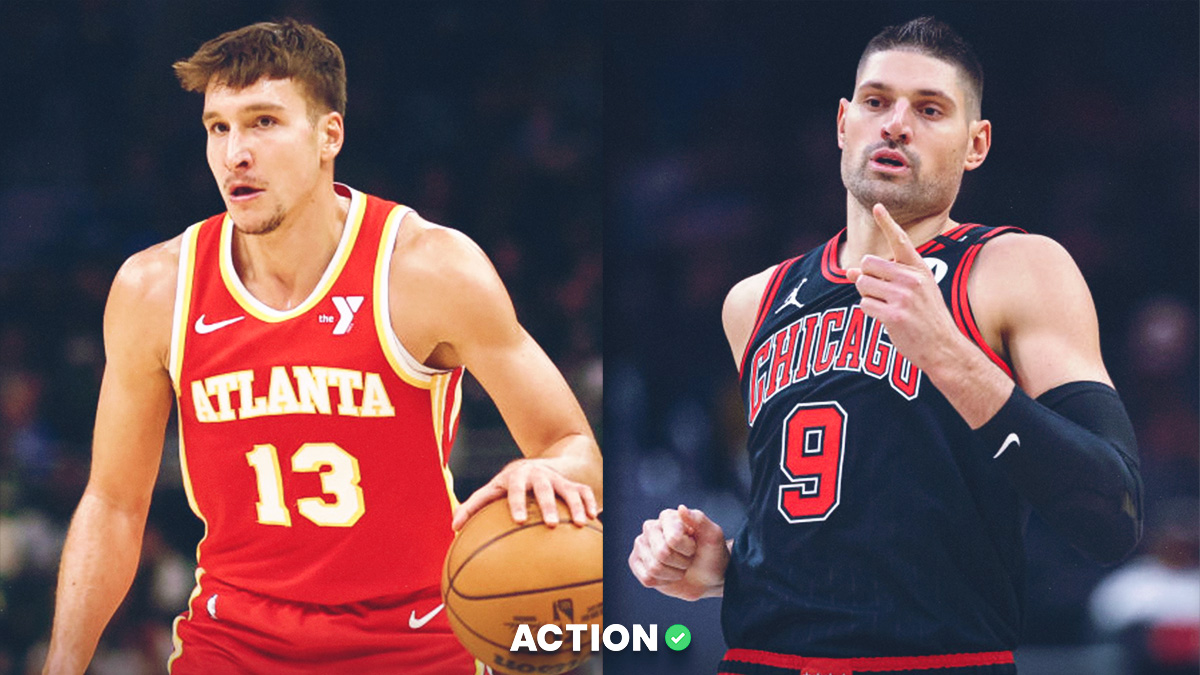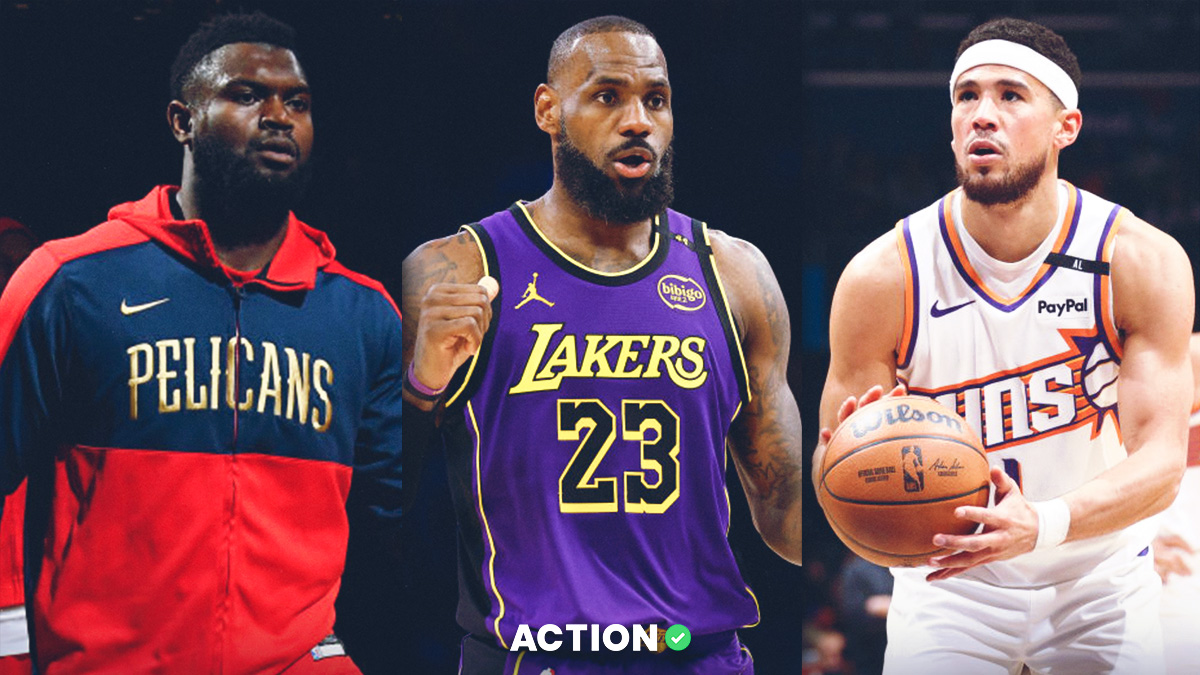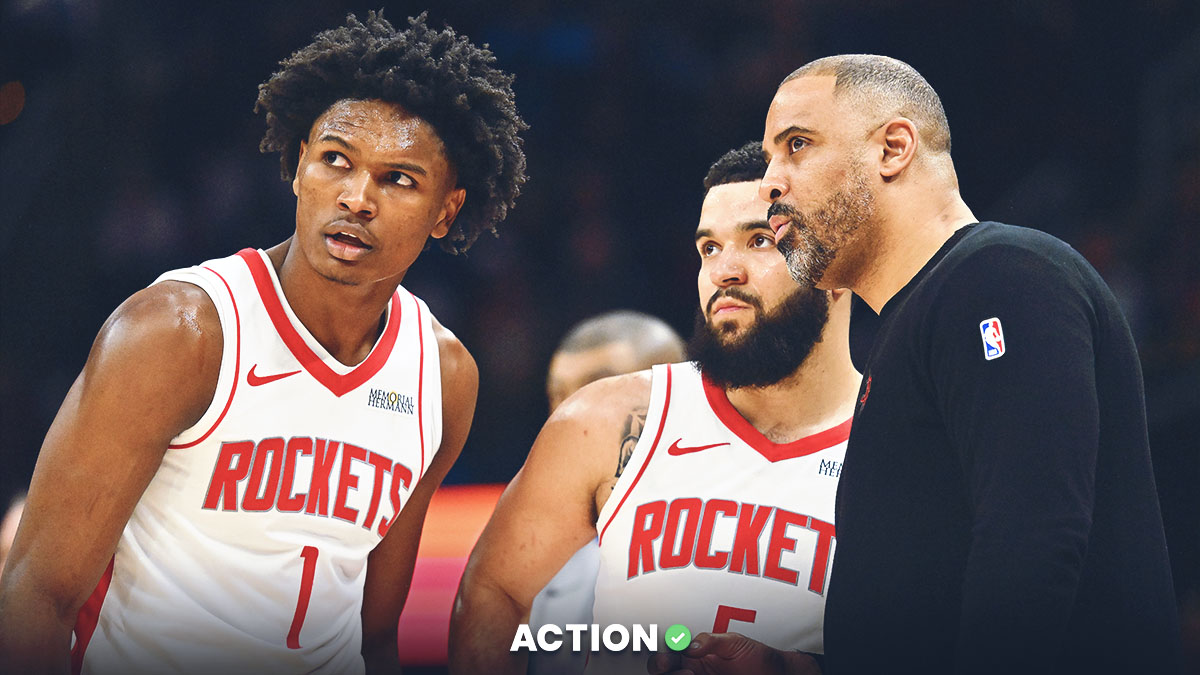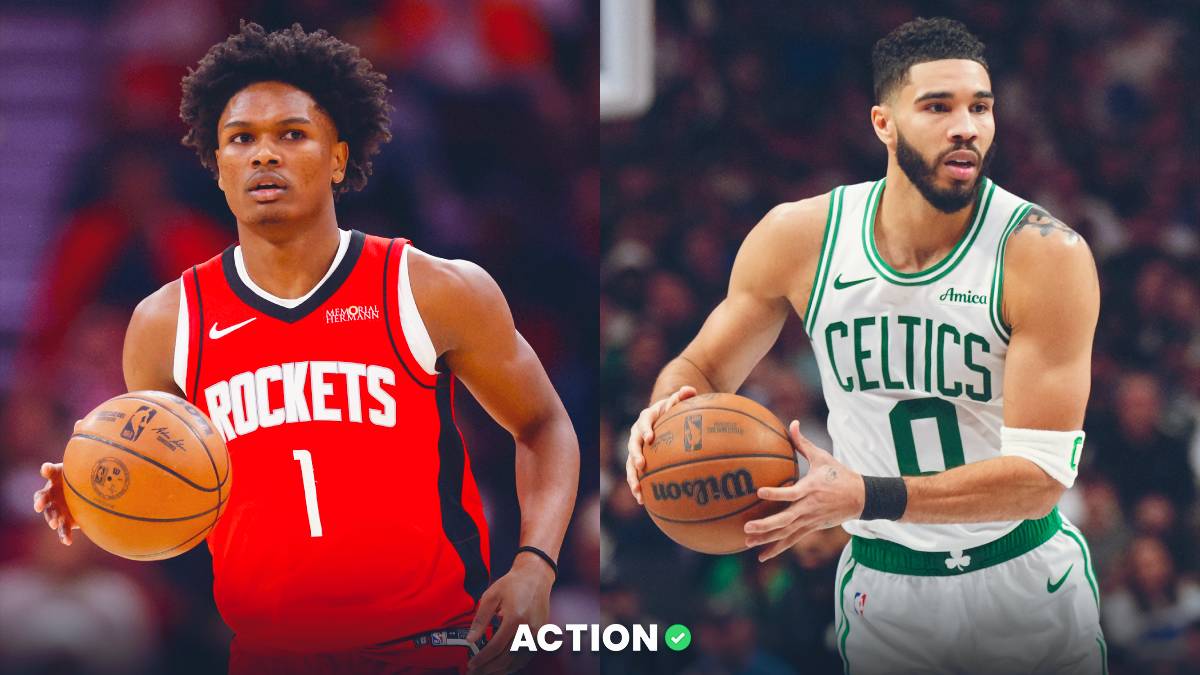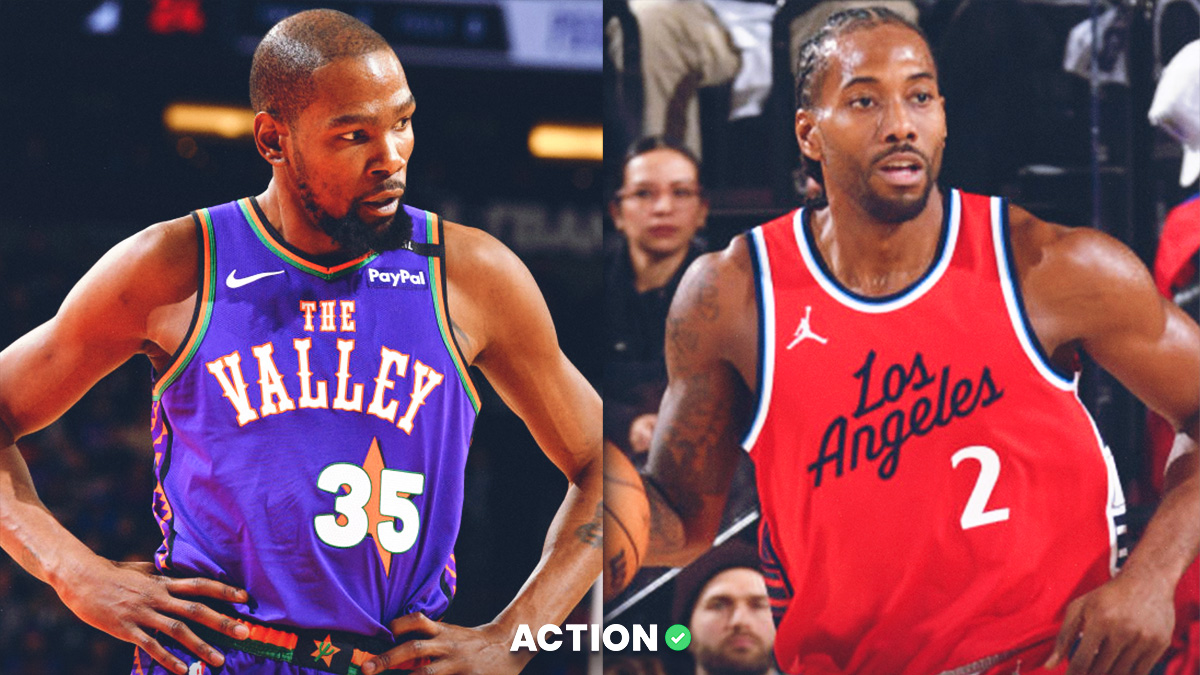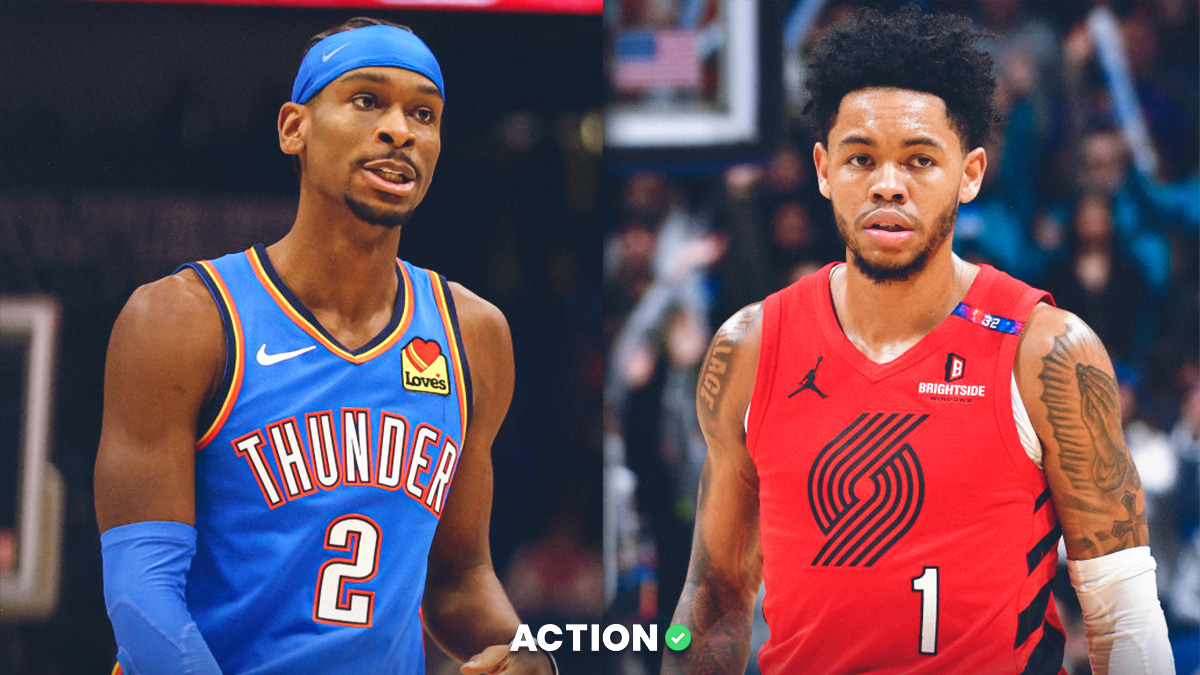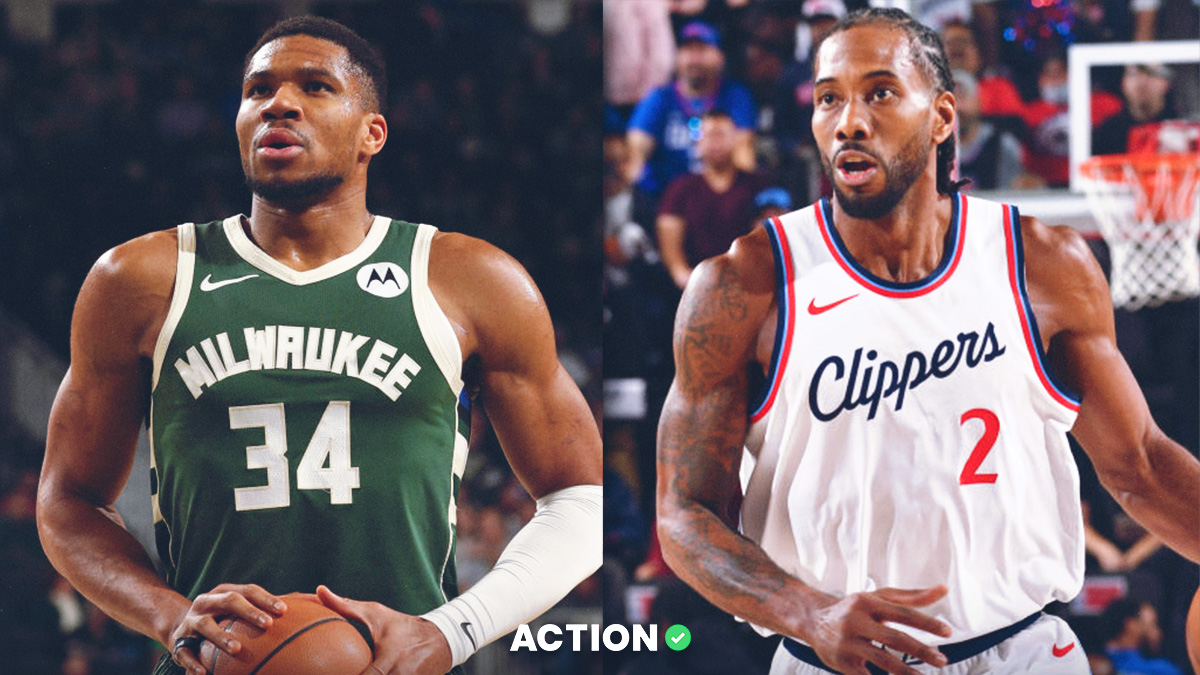As it always does, the NBA is gifting its fans a loaded five-game slate on Christmas Day. But if you’ll be busy unwrapping your other presents there might not be time to handicap each matchup.
In the spirit of giving, we've got you covered with three strategies for the five matchups:
- Toronto Raptors vs. Boston Celtics (12 p.m. ET, ESPN)
- Philadelphia 76ers vs. Milwaukee Bucks (2:30 p.m. ET, ABC)
- Golden State Warriors vs. Houston Rockets (5 p.m. ET, ABC)
- Los Angeles Lakers vs. Los Angeles Clippers (8 p.m. ET, ABC)
- Denver Nuggets vs. New Orleans Pelicans (10:30 p.m. ET, ESPN)
A word to the wise: Most of the sample sizes on these trends are small, so use the research below as a starting point — not the only factor — in your decision-making process.
1. Fade the Public
Christmas Day has long been the NBA’s unofficial starting point for the casual fan. The holiday games feature the league’s biggest stars and best teams. With the NBA offering marquee matchups and no other sports joining the party, the Christmas Day games will be flooded with public money.
A simple strategy to profit in sports betting is to fade the public. Whichever team recreational gamblers load up on, bet the other side. This approach works best in heavily-wagered upon games like those on Christmas.
Since 2005, teams receiving less than 50% of spread tickets have gone 35-23 against the spread (ATS) on Christmas Day per Bet Labs.
2. Christmas Day Unders
Most gamblers prefer wagering on the over and cheering for points. Since Christmas Day games are some of the most heavily-bet in the regular season, it is fair to assume that oddsmakers would inflate the total anticipating increased action on the over from the public.
This creates value betting the under.
A $100 bettor following this strategy has returned a profit of $1,449 since 2005.
3. Second-Half Unders
If full-game unders have been profitable one would expect first-half and second-half unders to be as well. However, since 2005 the first-half under is only 30-29-2 (51%) in Christmas Day games, while the second-half under is 40-19-2 (68%).
What gives? One theory is that players get up for these games. Motivation is high and there is a near-playoff atmosphere. This can lead to increased defensive intensity, especially in the second half when the game is on the line, which promotes a low-scoring environment.


